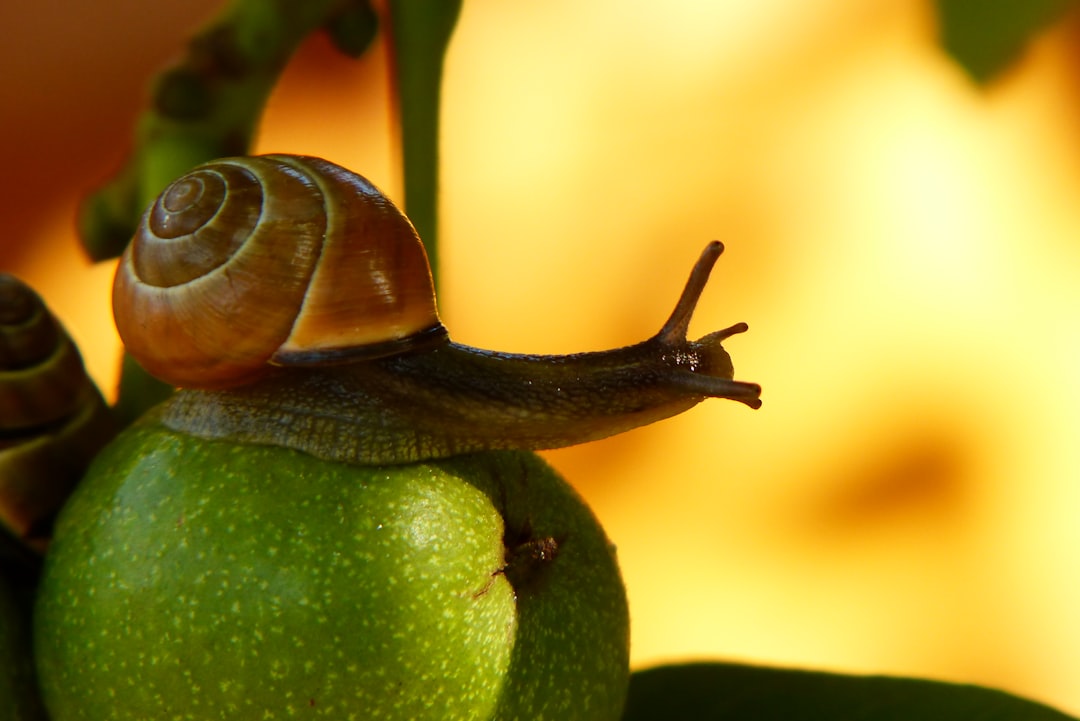Integrated Pest Management (IPM) represents a forward-thinking approach to pest control, offering sustainable solutions for agricultural, industrial, and urban sectors. This strategy seeks to minimize reliance on chemical pesticides while safeguarding ecosystems, human health, and economic interests. By integrating multiple pest control methods, IPM provides a comprehensive framework for long-term pest management.
Core Principles of Integrated Pest Management
-
Prevention: The cornerstone of IPM is preventing pest problems before they arise. This involves employing cultural practices such as crop rotation, selecting pest-resistant plant varieties, maintaining sanitation in urban settings, and ensuring proper storage in industrial environments.
-
Monitoring and Identification: Regular monitoring is essential to correctly identify pests and distinguish between harmful and beneficial organisms. Tools like pheromone traps, scouting, and data-driven technologies help assess pest populations and predict outbreaks.
-
Threshold Levels: IPM defines specific action thresholds for pest populations. Control measures are only implemented when pest numbers exceed these thresholds, ensuring interventions are necessary and economically justified.
-
Biological Control: Harnessing nature's own pest management system, IPM promotes the use of natural predators, parasitoids, and pathogens to manage pest populations effectively.
-
Chemical Control (Last Resort): When non-chemical methods prove insufficient, IPM allows the targeted use of pesticides. Emphasis is placed on using environmentally friendly and selective chemicals to minimize non-target impacts.
-
Evaluation and Adaptation: Continuous assessment of pest control strategies ensures they remain effective. IPM programs emphasize learning from outcomes and adapting methods to meet specific challenges.
Benefits of Integrated Pest Management
-
Environmental Sustainability: By reducing chemical pesticide use, IPM minimizes soil, water, and air pollution, preserving biodiversity and maintaining ecosystem balance.
-
Economic Efficiency: IPM helps optimize pest control expenses by focusing on cost-effective and targeted interventions, reducing unnecessary treatments.
-
Improved Health and Safety: Limiting chemical exposure protects farm workers, consumers, and residents in urban areas from pesticide-related health risks.
-
Enhanced Crop Productivity: Preventing pest outbreaks and minimizing collateral damage to non-target organisms fosters healthier crops and higher yields.
-
Resistance Management: IPM reduces the likelihood of pests developing resistance to pesticides by integrating diverse control methods and minimizing chemical reliance.
Global Applications of IPM
-
Agriculture: IPM is widely used in managing pests in crop production, from smallholder farms to large-scale agribusiness. It supports sustainable farming practices, including organic agriculture.
-
Urban Areas: In cities, IPM addresses pest problems in residential, commercial, and public spaces, focusing on long-term prevention and safe control.
-
Industrial Settings: Warehouses, food processing units, and storage facilities use IPM to manage pests while adhering to safety standards and regulations.
A Path Toward a Sustainable Future
Integrated Pest Management is not merely a pest control technique but a paradigm shift toward sustainable development. By emphasizing prevention, ecological balance, and economic viability, IPM aligns with global goals such as food security, environmental protection, and public health improvement.
The adoption of IPM requires collaboration among governments, research institutions, industries, and communities. Training programs, policy support, and technological innovation are essential for its widespread implementation.
In a world facing increasing challenges from climate change, population growth, and resource constraints, IPM offers a holistic and adaptable strategy for pest management. Its principles remind us that sustainability begins with understanding and working with nature rather than against it.

Comments
No comments yet. Be the first to comment!
You must be logged in to comment. Login